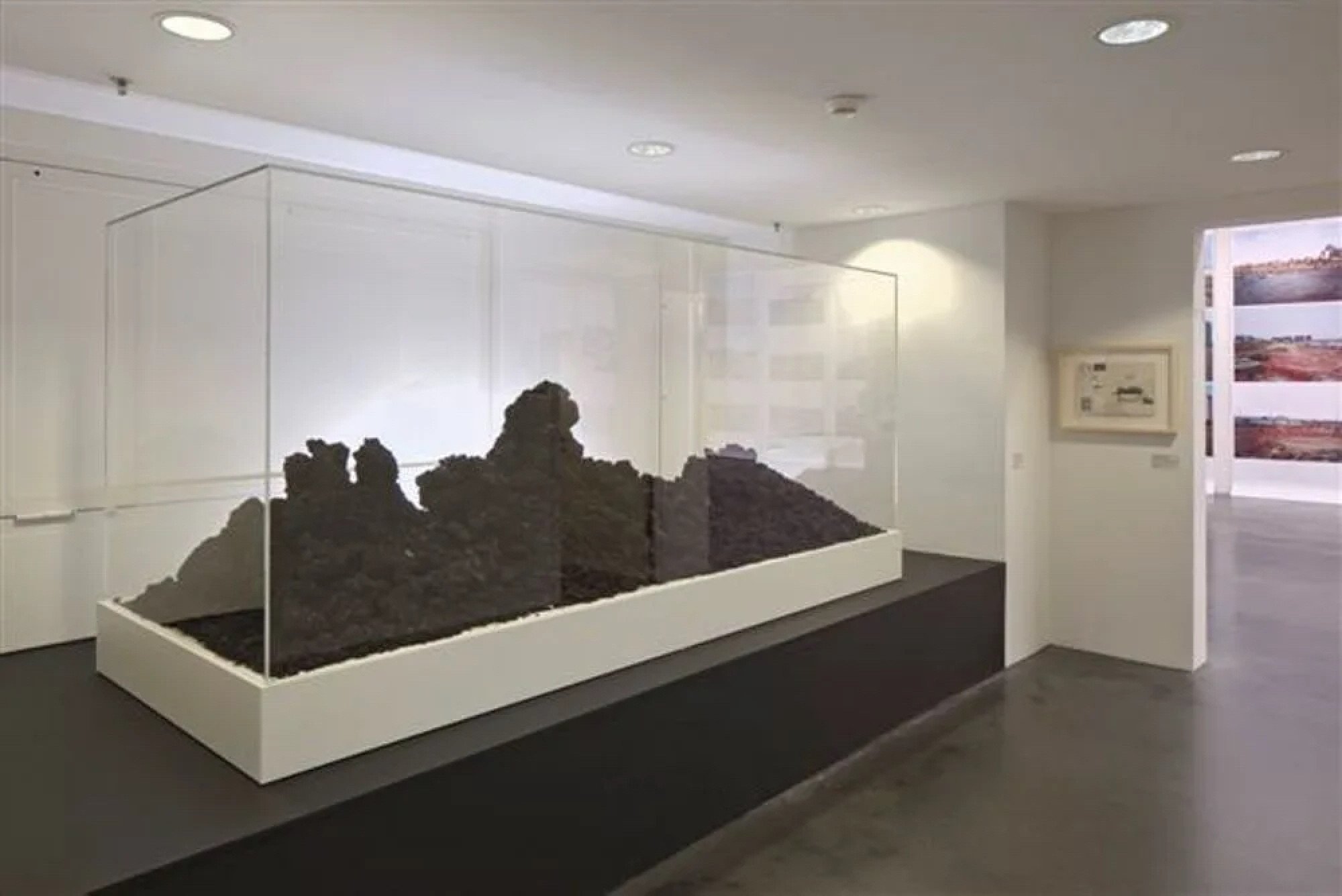
Coca-Cola: how plants providing cocaine and caffeine are behind the soft drink name’s origins
- The name of the all-American drink ‘Coca-Cola’ is a compound formed from its two essential ingredients, with origins in other languages
- Attempts at Chinese names resulted in phrases of nonsensical semantics until ‘kekou kele’ (‘ho lohk’ in Cantonese) came along – ‘happiness you can taste’
“The M+ Sigg Collection: Another Story” exhibition features artists reconsidering cultural identities during China’s rapid modernisation in the 1990s.
Ai Weiwei’s A Ton of Tea (2006), a cube-shaped compressed block of pu’er tea on a wooden pallet, interrogates traditional Chinese culture.
Juxtaposed against this is He Xiangyu’s Coca-Cola Project (Extraction) (2009): the 127 tonnes of Coca-Cola distilled into resin for the sculpture – some 60,000 bottles – represented the average amount of Coca-Cola sold in the artist’s hometown in a year.
Coca-Cola certainly features regularly as a quintessential symbol of Western – American – culture and consumerism. It also figures in Ai’s Han dynasty jar overpainted with the Coca-Cola logo.

Interestingly, the name of this all-American drink, developed in 1886 in Atlanta, Georgia, by pharmacist Dr John S. Pemberton (copied from the Italian sweet wine tonic), is a compound formed from its two essential ingredients, with origins in other languages.
The coca leaf – traditionally chewed to relieve fatigue and hunger – provided cocaine. A glass of Coca-Cola contained 9mg of cocaine until the ingredient was phased out in the 1900s. (First isolated in 1859, cocaine is named from coca plus the suffix -ine.)
What John Cena did wrong in ‘bing chilling’ viral ice cream meme
The South American plant’s name entered English around 1670, from the Spanish coca, originally from the Quechua cuca, ultimately from a native language of Bolivia.
The kola nut provides the caffeine kick. Kola comes from the West African names of the small evergreen West African trees introduced to New World tropics. Typically chewed as a stimulant or digestive, as it contains caffeine and theobromine, its seed was widely traded in the region.
Sixteenth century Portuguese traders along the West African coast were familiar with the seed and its name. “Cola” entered late-16th century English via Italian and Portuguese.

Coke, a clipping of Coca-Cola, emerged in the 20th century, possibly influenced by the earlier slang “coke” for cocaine.
Another popular early name was dope; from the Dutch doop “sauce”, it came to be used by the late-19th century for any preparation, mixture or drug.
Proprietary names Coca-Cola and Pepsi-Cola led to the generic noun cola, first recorded in the late 1880s, for any sweet, brown, carbonated, caffeinated, non-alcoholic drink flavoured with kola nuts or similar.

Coca-Cola’s global spread meant translation. While almost all languages adopted an identical pronunciation, this did not work when the drink first entered the Chinese market, in 1928.
Characters used by local retailers to render a close approximation of the pronunciation resulted in phrases of nonsensical semantics, including “bite the wax tadpole”.
The company’s brand translation success story finally happened with kěkǒu kělè in Mandarin (hó lohk in Cantonese) – happiness you can taste.

